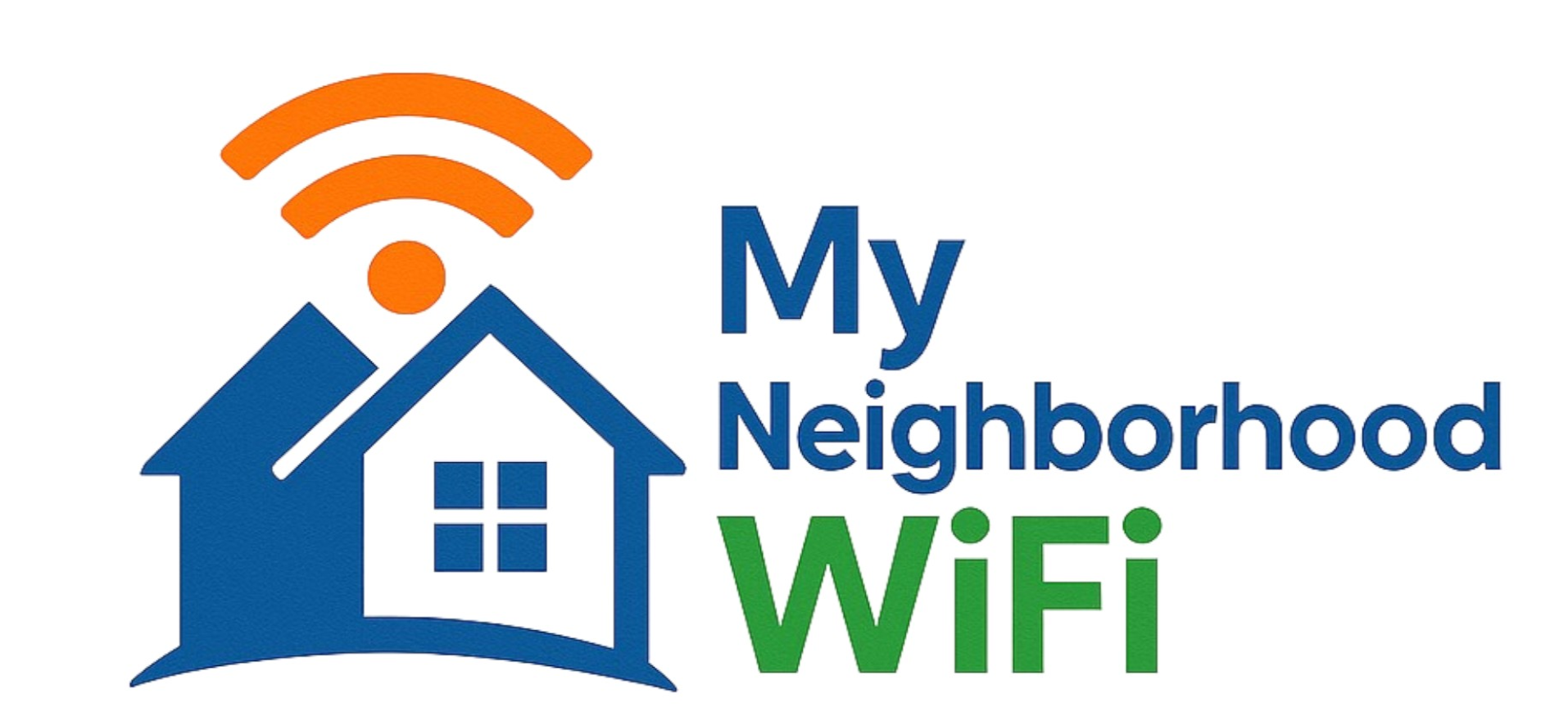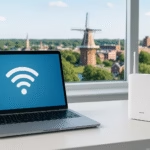
Best Internet Providers to Power Your Online Learning Experience
Whether you’re studying for a degree, mastering a new skill, or teaching classes online, your internet connection can make or break your learning experience. Choosing the best internet providers for online learning means finding one that’s fast, reliable, secure, and tailored to digital education needs. In this guide, we’ll explore what makes an internet provider ideal for students and teachers, plus actionable tips to help you stay connected and productive.
Why Internet Quality Matters for Online Learning
Your internet connection doesn’t just determine how fast you can stream or upload — it impacts how effectively you learn and collaborate. Online classrooms rely heavily on video conferencing, collaborative cloud tools, and digital resources that all demand stable, high-quality connections.
- Video Classes: You’ll need clear HD video without lag or freezing.
- Interactive Tools: Platforms like Zoom, Google Meet, or Microsoft Teams consume both data and bandwidth.
- File Sharing: Uploading assignments or downloading digital materials requires consistent upload and download speeds.
- Security: Safe browsing and data privacy are crucial for students and families sharing devices.
What to Look for in an Internet Provider
When evaluating which internet service is best suited for online learning, look for these essential qualities:
- Speed: The faster your download and upload speeds, the smoother your academic activities will run.
- Reliability: Consistent connectivity without frequent dropouts ensures uninterrupted class sessions.
- Latency: Low latency means real-time interactions work seamlessly, especially for live lessons.
- Coverage: An extensive network footprint ensures service availability whether you live downtown or in rural areas.
- Affordability: Students and families need cost-effective plans that don’t break the budget.
Primary Considerations for Students and Parents
Students and households engaged in remote learning share similar demands — multiple devices online at once, video calls, and heavy data usage. That’s why choosing an internet service tailored to multi-device use is crucial.
Speed Requirements for Learning
While speed needs vary, the general rule is simple — the more people and devices using your connection, the more bandwidth you need. For instance:
| Activity | Recommended Speed |
|---|---|
| Video conferencing (HD) | 3-5 Mbps per stream |
| Uploading homework or projects | 5-10 Mbps |
| Streaming instructional videos | 10 Mbps+ |
| Family with multiple learners | 50-100 Mbps+ |
Understanding Upload Speeds
Most people look at download speed first, but for education, upload speed matters just as much. Students frequently send assignments, upload projects, or share video presentations online, all of which require strong upload performance.
Reliable Setup: Hardware and Home Network
Even with a high-quality internet plan, a poor home setup can bottleneck your connectivity. Optimizing your Wi-Fi environment ensures you get the full speed and reliability you’re paying for.
- Best Router: Modern Wi-Fi 6 or 6E routers can handle more devices and maintain strong performance across your home.
- Placement: Keep your router centrally located away from obstructions for even signal coverage.
- Ethernet Connection: For stable video calls, consider connecting your computer directly with a cable.
For general setup tips, you can explore Wi-Fi setup basics on Wikipedia, which explains wireless networking in simple terms.
Best Internet Providers for Online Learning
1. Local Fiber Networks
Fiber internet remains the gold standard for speed and reliability. Its symmetrical upload and download speeds are ideal for classrooms, teachers, and students working with real-time applications. Many local or regional fiber providers also support neighborhood education discounts and network expansion programs intended for underserved areas.
2. Fixed Wireless Options
In some suburban and rural regions, fixed wireless internet can offer dependable access without the need for wired infrastructure. Signals are broadcast from nearby towers directly to your receiver, offering moderate to high speeds with lower latency than satellite.
3. Cable and Hybrid Providers
Cable internet is widely accessible and can deliver strong performance for households with high data demands. Hybrid networks (combining fiber backbone and coaxial lines) are often a good middle ground for families balancing price and performance.
4. Community Internet Initiatives
In various areas, community-owned or cooperative internet programs are gaining attention. Many of these initiatives were founded to help local residents — including schools and remote workers — get equitable connectivity. To see local projects or discussions about co-op ISPs, communities often share information on Reddit.
Online Learning Tools That Depend on Strong Internet
Video Conferencing Apps
Reliable connections make all the difference when using services like Zoom or Google Meet. Dropped frames or delays can interrupt class discussions or make teacher instructions hard to follow. Learn more about how video streaming works by visiting this Wikipedia guide on video streaming.
Educational Platforms
Modern platforms like Khan Academy, Coursera, and YouTube Learning require stable broadband to stream lessons seamlessly. A YouTube connection test with HD quality playback can help you gauge your network’s stability for video learning.
Cloud-Based Collaboration
Online learning frequently involves document sharing, file storage, and real-time feedback using tools like Google Drive or Classrooms. Cloud collaboration depends on fast upload speeds and consistent latency to keep everything synchronized.
Practical Tips to Improve Your Connection for Learning
- Schedule downloads and updates: Run them overnight so they don’t interrupt classes.
- Limit background streaming: Pause entertainment streams during lectures for more bandwidth efficiency.
- Use wired connections: When possible, connect teachers’ or students’ computers directly via Ethernet.
- Adjust Wi-Fi settings: Use dual-band routers and reserve 5GHz frequencies for critical learning devices.
- Check interference: Keep Wi-Fi equipment away from microwaves, cordless phones, or thick walls.
How to Maintain Digital Balance While Learning from Home
Beyond connectivity, maintaining healthy digital habits supports mental focus and academic success:
- Set time schedules for screen breaks.
- Encourage group study sessions over video calls with peers.
- Use online productivity communities for motivation and tips.
- Keep a structured workspace separate from entertainment areas.
Frequently Asked Questions
What type of internet is best for online learning?
Fiber connections are generally best for their low latency and symmetrical speeds, but cable and fixed wireless can be strong alternatives depending on where you live. The goal is a provider that delivers consistent upload strength along with high download rates.
How much speed do I need for virtual classes?
At least 25 Mbps for one student is a good baseline. Families with multiple online learners should aim for plans offering 100 Mbps or more. However, actual experience depends on how many devices are streaming or multitasking at once.
Can I improve my existing connection?
Yes. Router placement, Ethernet connections, and limiting background data usage can all improve your experience. Reset your equipment regularly and keep firmware updated. For advanced troubleshooting ideas, community discussions on Quora and Reddit’s HomeNetworking forum offer peer-tested advice.
Is mobile internet reliable enough for school?
In certain regions, using a phone hotspot or mobile router can be a short-term solution, but for consistent long-term use, fixed home internet or local broadband networks provide stronger performance and fewer interruptions.
How to Choose the Right Internet Plan
Before selecting a plan, consider these practical steps:
- List Your Devices: Count every connected phone, tablet, laptop, and smart TV in use during study hours.
- Estimate Usage: Consider how many video calls, lectures, or uploads occur daily.
- Compare Bandwidth: Choose a plan that comfortably exceeds your typical use to prevent slowdowns.
- Ask About Data Caps: Unlimited data plans are best for households with multiple students or teachers.
Community Feedback on Learning Speeds
One way to see real-world connectivity feedback is to check neighborhood or city discussions via Facebook local groups or Yelp reviews for ISPs. Many students share honest opinions on which services best handle remote classes and video uploads.
Emerging Technologies for Better Learning Connectivity
Wi-Fi 6E and Mesh Systems
Wi-Fi 6 and 6E routers significantly enhance multi-device handling and reduce interference. Mesh systems extend coverage to every corner of your home, a great boost for families studying in multiple rooms. You can watch a YouTube tutorial on setting up Wi-Fi mesh systems for better coverage.
Smart Network Management
Modern routers come with parental controls, bandwidth prioritization, and traffic monitoring — perfect for ensuring your online class takes priority over streaming or gaming sessions. Such control features help manage shared connections efficiently during school hours.
Neighborhood-Based Wi-Fi Projects
In some areas, communities are organizing local networks to share reliable connectivity. These cooperative systems can reduce costs and improve availability for everyone. Discussions and success stories can often be found in education-related subforums on Reddit.
Final Thoughts: Building a Smarter, More Connected Study Space
Your home network is the new classroom foundation. The right internet provider, combined with careful home setup, ensures you can attend lessons, complete research, and collaborate effortlessly. Online learning is here to stay — with the right digital infrastructure, any learner or teacher can thrive from anywhere.
To continue improving your setup, explore more learning and tech conversations through educational threads on Reddit, community Q&A sessions on Quora, or connectivity tutorials on YouTube. Stay connected, stay curious, and let your internet work as hard as you do.



